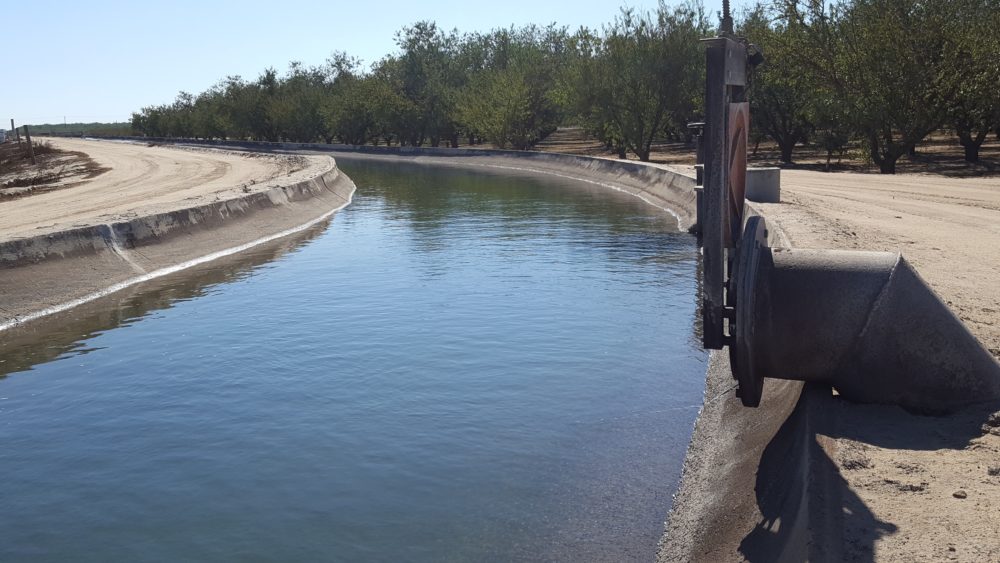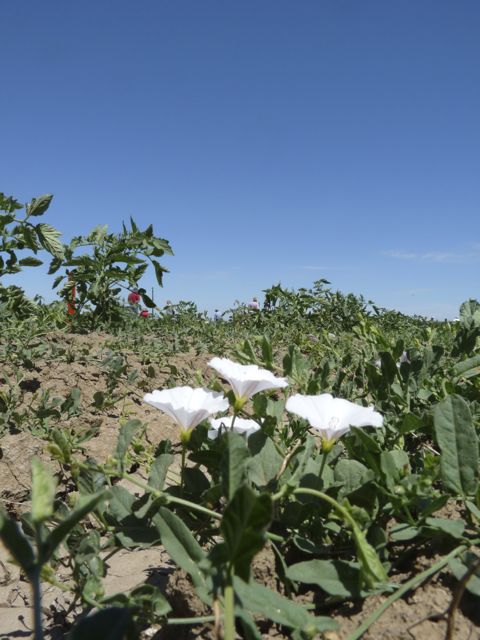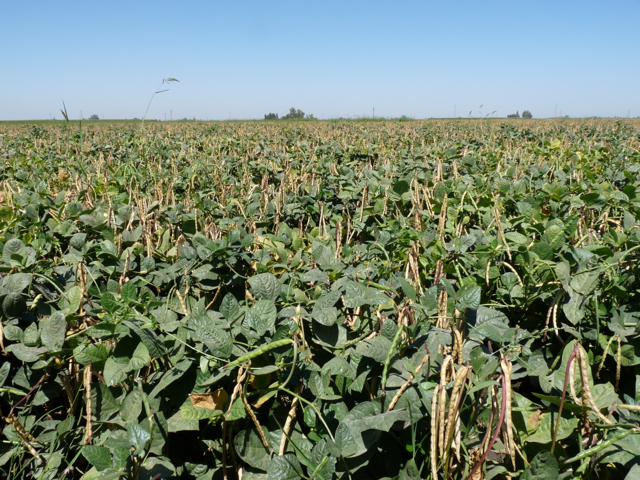Curious of How Safe is Fresh Produce?
Residue Calculator Helps Public Understand How Safe Food Is
News Release
Recently, we have shared new government residue sampling results from the Federal Food and Drug Administration (FDA), United States Department of Agriculture (USDA) and the California Department of Pesticide Regulation (CDPR). These programs consistently show that 99% of the foods sampled had no detectable residues at all or residues found were well below safety levels set by the Environmental Protection Agency (EPA).
For those who do not want to review these lengthy government reports, the Alliance for Food and Farming (AFF) created an easy-to-use “residue calculator” on safefruitsandveggies.com, which is based upon the USDA data. We asked toxicologists with the University of California Personal Chemical Exposure Program to analyze this data. Their findings: A child could literally eat hundreds to thousands of servings of a fruit or veggie in a day and still not have any health effects from residues. This analysis shows how very minute residues are, if present at all.
The residue calculator features 19 of the most popular fruits and veggies, and you can click on a man, woman, teenager, or child to see the number of servings one would have to consume. For example, a child could eat 181 servings or 1,448 strawberries in a day and still not have any effects from residues. Apples? A child could eat 340 apples in a day. Kale? 7,446 servings!
These government reports and the UC toxicological analysis underscore the diligence of fruit and vegetable farmers when it comes to the judicious use of pesticides approved for organic and conventional crops.
“… Growers and farmers are adept at following our comprehensive rules to ensure produce is grown to the highest pesticide standards,” said Brian Leahy, Director of the California Department of Pesticide Regulation.
“Based on the PDP data, consumers can feel confident about eating a diet that is rich in fresh fruits and vegetables,” concludes the USDA report.
Read, learn, choose but eat more organic or conventional fruits and veggies for better health and longer life.




















